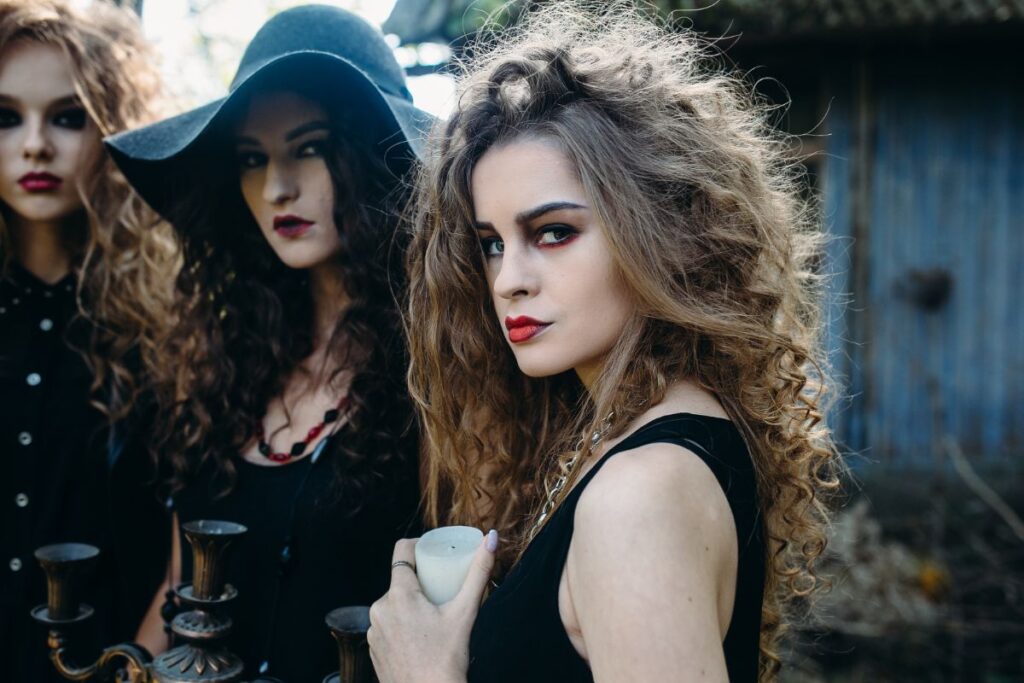Chicano fashion style is a vivid tapestry woven with threads of history, culture, and social identity. One of the most influential aspects shaping this distinctive style is the lowrider culture. This movement transcends mere car customization to become a potent representation of resistance and cultural pride. This blog will delve into the complex relationships between lowrider culture and Chicano fashion style, exploring their historical roots, shared symbols, and ongoing evolution.
Historical Roots of Lowrider Culture
After World War II, Mexican-American communities in the Southwest, especially in California, gave rise to lowrider culture. Returning veterans, skilled in mechanical trades, began customizing cars as a form of personal expression. The modification of vehicles to ride low and slow—lowriding—became a statement against mainstream American culture, which valued speed and efficiency.
Lowriding was more than a hobby; it was a cultural assertion. The cars, often adorned with vibrant, intricate artwork, became canvases for cultural storytelling, showcasing elements of Mexican heritage and Chicano identity. This blending of artistic expression with mechanical skill laid the groundwork for a broader cultural movement, deeply influencing the aesthetic and social practices within Chicano communities.
The Symbiosis of Lowrider Culture and Chicano Fashion Style
Chicano fashion style and lowrider culture share a symbiotic relationship, each influencing the other in profound ways. The style associated with lowrider culture—characterized by specific clothing, accessories, and grooming choices—has become integral to Chicano fashion. This style is not merely about appearance; it is a visual language that communicates identity, community, and resistance.
Iconic Elements of Lowrider-Influenced Chicano Fashion
Zoot Suits and Pachucos
The zoot suit, with its high-waisted, wide-legged, tight-cuffed trousers and long coat, is a foundational element of the Chicano fashion style rooted in the Pachuco culture of the 1940s. Pachucos, often associated with the early lowrider scene, used fashion as a form of resistance against racial discrimination and cultural assimilation.

© (Free Pik)
Workwear and Cholo Style
The practical yet stylish workwear adopted by lowriders, including items like Dickies pants, Ben Davis shirts, and Pendleton flannels, has become a hallmark of Chicano fashion. These pieces are often worn in a deliberately oversized manner, symbolizing solidarity and defiance.
Bandanas and Hairnets
Accessories like bandanas and hairnets, initially functional for protecting hairstyles while working on cars, have become iconic in Chicano fashion. These items, often adorned with distinctive patterns and colors, reflect a blend of practicality and style.
Tattoos and Body Art
Tattoos play a significant role in both lowrider and Chicano fashion cultures. These body artworks often feature symbols of cultural pride, religious imagery, and personal narratives, serving as permanent markers of identity and resistance.

© (Free Pik)
Aesthetic Parallels
The aesthetic principles that govern lowrider customization—attention to detail, personalization, and a blend of traditional and contemporary elements—are mirrored in Chicano fashion style. Just as lowriders meticulously design their cars to reflect personal and cultural identity, Chicanos craft their attire to tell a story, making every piece of clothing a statement of who they are and where they come from.
Cultural Symbols and Meanings
Lowrider culture is rich with symbols that resonate deeply within Chicano communities, and these symbols often find their way into fashion. For instance:
- Religious Icons: Many lowriders incorporate religious symbols like the Virgin of Guadalupe or cross into their car designs. These symbols are also prevalent in Chicano fashion, appearing on clothing, jewelry, and accessories, signifying faith and cultural heritage.
- Aztec and Indigenous Imagery: Lowrider art frequently features Aztec and other indigenous motifs, celebrating pre-Columbian heritage. This imagery is similarly embraced in Chicano fashion, often through prints, tattoos, and embroidery.
- Lowrider Car Clubs and Plaques: The emblems of lowrider car clubs, often depicted on plaques displayed in car windows, are also seen on clothing and accessories, highlighting a sense of belonging and community.
The Role of Gender in Lowrider-Inspired Fashion
Gender plays a significant role in the expression of Chicano fashion style influenced by lowrider culture. While men often adopt the classic cholo style with its workwear and accessories, women incorporate elements of both traditional femininity and the tough, resilient aspects of lowrider culture. Female lowriders, or “lowrider mujeres,” often blend elements like hoop earrings, winged eyeliner, and red lipstick with baggy jeans or flannel shirts, creating a unique fusion that challenges traditional gender norms.
Lowrider Fashion on a Global Stage
The influence of lowrider culture on Chicano fashion style has transcended regional and national boundaries. What began as a localized expression of Mexican-American identity has gained international recognition, influencing fashion designers and artists worldwide. High-profile fashion houses have drawn inspiration from lowrider aesthetics, incorporating elements like bold prints, oversized silhouettes, and intricate embroidery into their collections.
This global reach has not diluted the cultural significance of lowrider fashion but rather has amplified its visibility and appreciation. Social media and the internet have been essential to this spread, allowing Chicano fashion style and lowrider culture to reach and inspire diverse audiences across the globe.
Modern Evolutions and Future Directions
As with any cultural phenomenon, the Chicano fashion style influenced by lowrider culture continues to evolve. Contemporary Chicano fashionistas blend traditional elements with modern trends, creating a dynamic and ever-changing style. This evolution is driven by a new generation that respects its heritage while also seeking to innovate and redefine what Chicano fashion can be.
Environmental sustainability and ethical fashion practices are also becoming important considerations within this evolution. As more designers and consumers become aware of the impacts of fast fashion, there is a growing trend towards upcycling, DIY customization, and supporting local artisans—practices that align well with the resourcefulness and creativity inherent in lowrider culture.
Conclusion
The influence of lowrider culture on Chicano fashion style is profound and multifaceted. It represents a deep connection to cultural heritage, a statement of resistance and identity, and a continually evolving artistic expression. From its historical beginnings to its worldwide influence, lowrider-inspired Chicano fashion is a testament to the enduring power of cultural creativity and resilience. New generations will surely be inspired by it as it develops to embrace their heritage and express who they are via the distinctive fusion of fashion and tradition.








